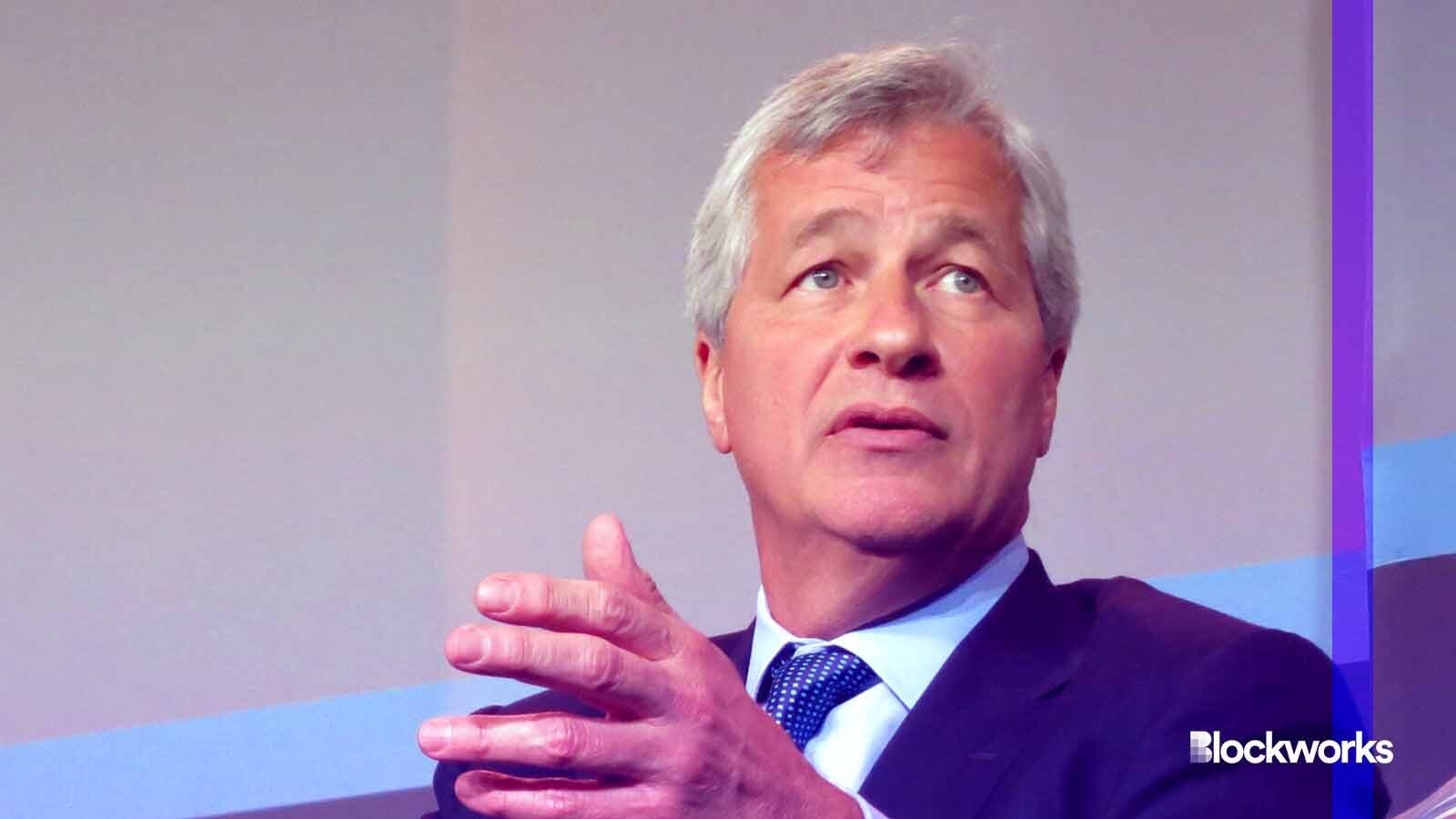JPMorgan adds ‘holy grail’ payments feature as part of blockchain push
Siemens the first to use the new offering built to allow “a real-time and a programmable treasury”

JPMorgan Chase CEO Jamie Dimon | Steve Jurvetson/"Jamie Dimon" (CC license)
JPMorgan is giving institutional clients more control over payments via JPM Coin — marking the company’s latest blockchain-related milestone.
Its new programmable payments offering is a feature for blockchain-based accounts on the JPM Coin System, a permissioned payment rail and deposit account ledger letting clients transfer dollars within the system.
Programmability lets clients place rules for funding a bank account, for example — or set parameters for executing payments based on margin calls, asset delivery or meeting contract requirements.
“Blockchain technology is the ideal infrastructure to which programmable payments can be applied as it enables rules and bank accounts to be integrated in a native manner, enabling cases including dynamic direct debits and multi-party escrow accounts,” a spokesperson told Blockworks in an email.
JPMorgan’s Onyx Digital Assets network — launched in 2020 — enables the tokenization of traditional assets, such as US Treasurys and money-market products.
The company tested programmable payments with German automation company Siemens in December 2021, calling it “a move that will forever redefine the role of corporate treasuries,” in a blog post at the time.
Siemens made its first payment with the programmable capability on Nov. 6.
“Advantages and features from the crypto world are now available for fiat currencies by JP Morgan’s provision of 24 [hours] by 7 [days] blockchain-based bank accounts, combined with programmability,” Siemens’ group treasurer Peter Rathgeb said in a Friday statement.
Naveen Mallela, head of coin systems at Onyx, noted in a LinkedIn post that there is now “general availability” for the new offering, adding that programmability “has always been the holy grail” in the JPM Coin roadmap.
“We believe that this capability will enable not only a real-time and a programmable treasury but also newer digital business models,” Mallela wrote.
JPMorgan has been busy on the blockchain front. The financial titan used the Polygon blockchain to trade tokenized cash deposits in November 2022.
More recently, asset manager BlackRock last month used JPMorgan’s Tokenized Collateral Network to tokenize shares in one of its money market funds. It then sent those interests to Barclays as collateral for an over-the-counter (OTC) derivatives trade between the firms.
Read more: TradFi, DeFi convergence continues through tokenizing real-world assets
BlackRock CEO Larry Fink said last year the tokenization of securities is “the next generation for markets.”
Get the news in your inbox. Explore Blockworks newsletters:
- The Breakdown: Decoding crypto and the markets. Daily.
- 0xResearch: Alpha in your inbox. Think like an analyst.






